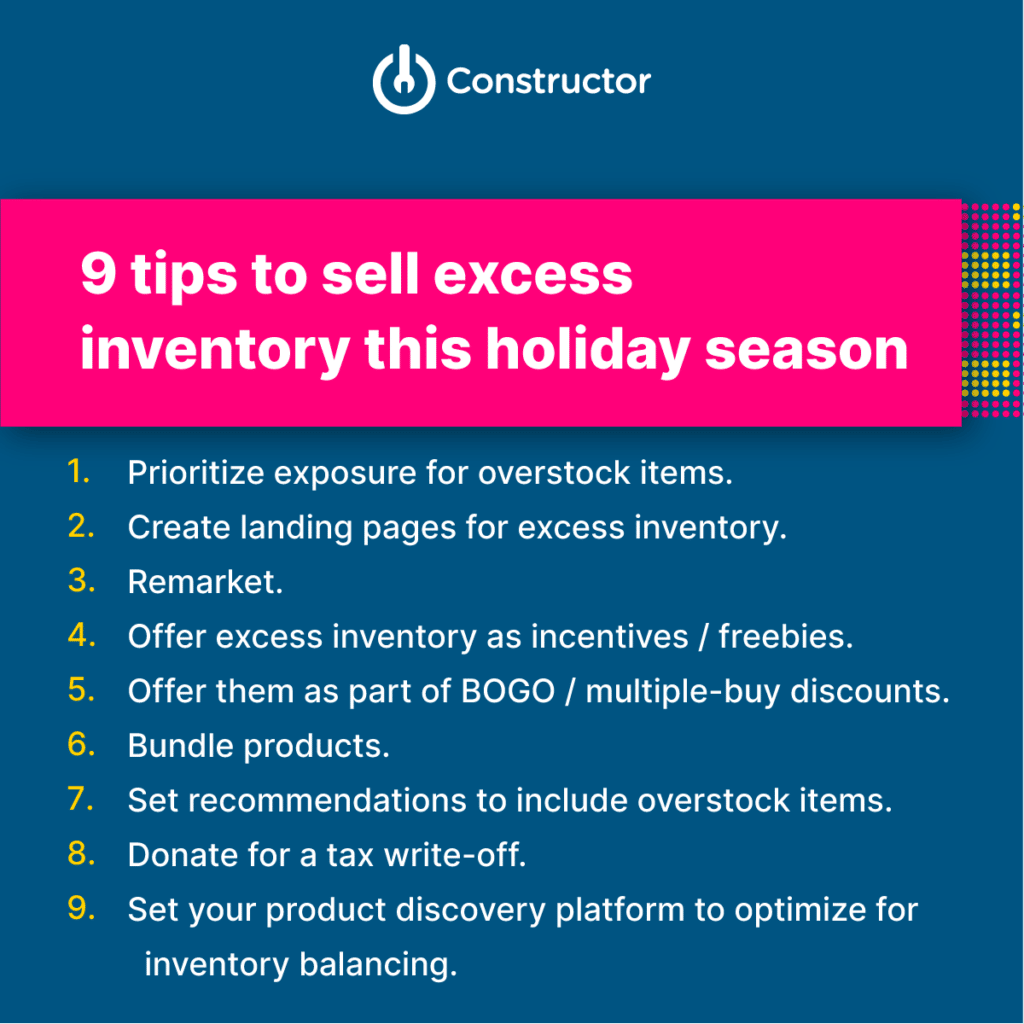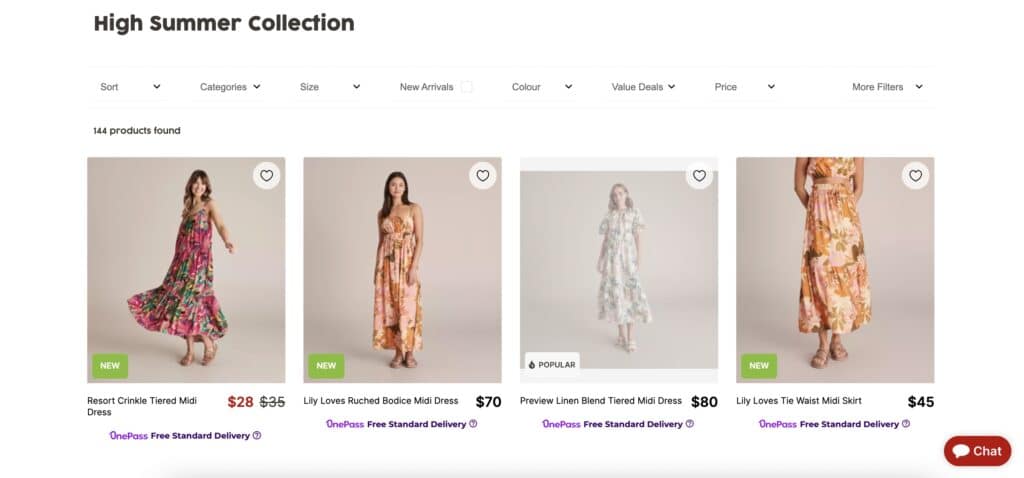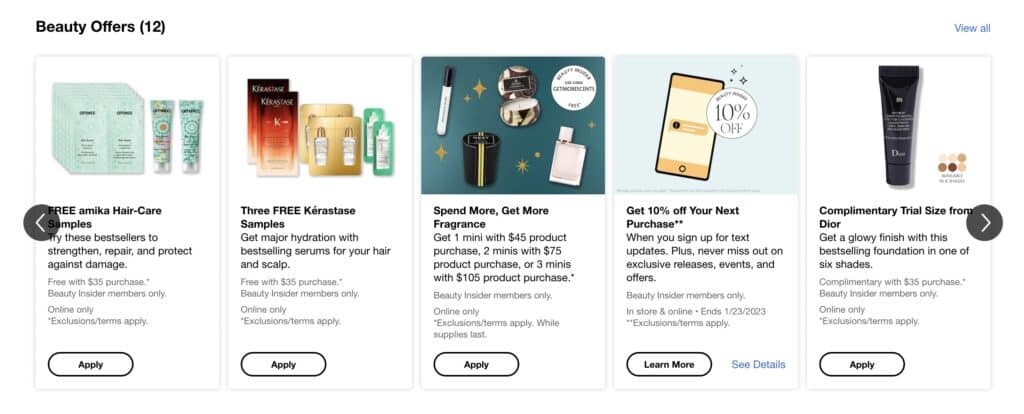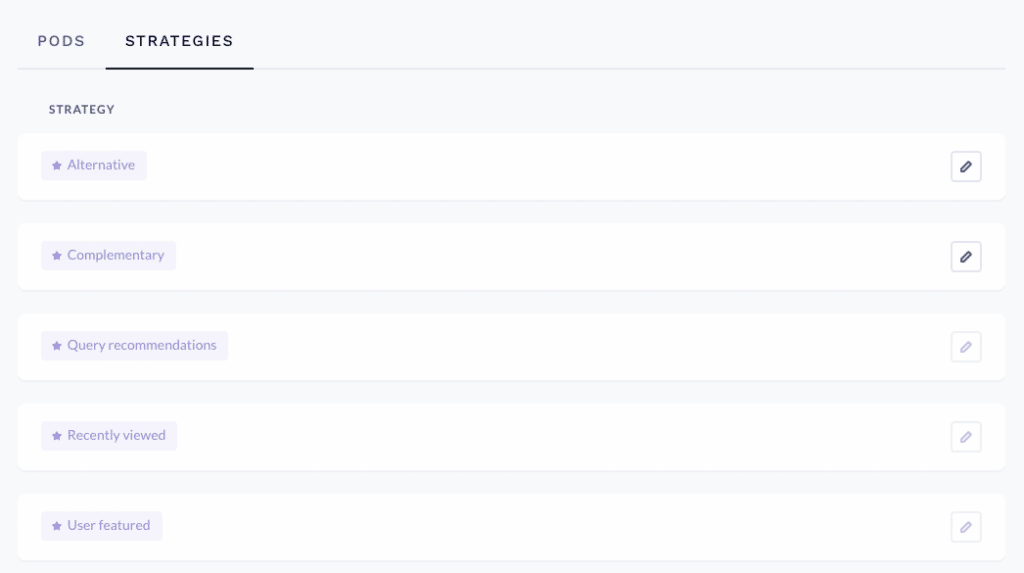New fiscal year. New inventory? Retailers wish.
Figuring out how to sell overstock inventory and starting fresh at the turn of the year is on a handful of major retailers’ wish lists – possibly even yours, too. Unfortunately, it’s not as easy as it sounds.
From dwindling savings accounts to rising credit card debt and worries of a looming recession, consumers are keeping a tighter hold on their wallets this season.
But not all hope is lost when it comes to selling excess inventory. The savviest retailers will apply the following strategies so they’re not weighed down for long.
But First, What Factors Led to Excess Inventory?
Yes, the pandemic is an easy scapegoat. And it caused a domino effect of factors that worsened the retail climate. But digging a bit deeper, we see that the factors that led to the current inventory bloat are much more complicated.
Post-pandemic stock
Loungewear, coffee makers, personal exercise equipment. The list of items that were popular at the start of the pandemic and even a year in goes on and on. But now, the mainstay of pandemic consumer spending is clogging up valuable shelf space. (After all, there is only so much home gym equipment and furniture one household can buy…)
And it’s happening right when retailers are scurrying to shed their overstock to prepare for a looming recession.
Shift in consumer trends
The Feds are hiking up interest rates to combat inflation. Housing and grocery prices are surging. As a result, consumers are adjusting their purchasing habits and shying away from big-ticket items.
This year’s Black Friday and Cyber Monday deals showed the top categories by sales to be luggage, fashion, and travel—categories that suffered during COVID-19.
Supply chain issues
During the height of the pandemic, retailers were banking on continued strong consumer demand for shelter-at-home favorites. So, they placed large and expedited orders for those items to try and circumvent future supply chain issues. (Generally, major retailers place orders up to 12 months in advance, larger items being on the higher end of that range.)
But consumer trends started to change mid-2021. And retailers weren’t able to pivot fast enough to slow the influx of merchandise. This led to excess inventory eating into first quarter profits of 2022 (as Walmart experienced and Target started adjusting for).
9 Tips to Sell Excess Inventory This Holiday Season

Slashing prices isn’t the only (or even the best) way to get rid of unwanted merchandise. In the spirit of maintaining a healthy balance sheet, here are nine tips for selling excess inventory this holiday season and beyond:
1. Prioritize exposure for overstock items
In a traditional brick-and-mortar, prioritizing exposure for overstock items means strategically placing them throughout the store. But in ecommerce, it’s as “simple” as setting rules to boost extra inventory.
With the right product search and discovery platform, your merchandising team can manually set rules to return overstock products in search results and boost them on Browse pages. For an extra punch, look into how you can use artificial intelligence (AI) to collect live data from user sessions and leverage it to automatically rank overstock products for user attractiveness.
Think of it this way: To sell more of something, make sure site visitors can’t overlook it.
2. Create landing pages for sale items / excess inventory
Product landing pages, or Collections, can be tailored to the user AND optimized for inventory balancing.
They dynamically populate products based on different categories and facets of your catalog. The rules that drive Collections are either set automatically by AI, which learns from user behavior in real time, or manually by your merchandising team.
For example, Target Australia uses Collections to group seasonal items together. Including some excess inventory items gives them more exposure.

Either way, Collections allow you to personalize and rank results that are not only attractive to individual users, but also allow you to hit your objective of selling excess inventory.
3. Remarket
Sure, the series of unfortunate events caused by the pandemic is largely to blame for overstock across the retail sector. But poor marketing could also be at play.
Solution? Remarketing.
Plan a photoshoot. Create content to hype up and sell excess inventory, bragging about their benefits. Work with brand influencers to push the products via sponsored ads across social media.
The idea is to freshen up the image and perception of the products so they appear “new” in the eyes of site visitors.
But word to the wise: Be careful with this tactic. Try not to invest a lot of resources in “stale” inventory. Be selective of which products you remarket, and try other tactics mentioned in this article to get rid of the rest.
4. Offer excess inventory as incentives / freebies
If your excess inventory consists of low-cost items, consider offering them as incentives or freebies for making a purchase.

This strategy also could allow you to reach other business KPIs without compromising your brand’s image, such as:
- Average order value (AOV). Include overstock items as a freebie in purchases that hit a certain threshold. For example, you could run a deal such as “Spend $80 or more and receive a free makeup bag.” SEPHORA (above) is great at this, giving shoppers incentive to hit the $35 minimum and join their loyalty program.
- Add-to-carts. Deals can also increase add-to-carts as visitors strive to hit the target order value to receive their freebie.
- Conversion rate (CR). Giving away free products is psychologically proven to increase customer loyalty towards the company offering them, leading to a higher probability of sales.
Getting to the bottom of how to sell overstock inventory also includes bundling them with popular items (more on this below!).
5. Offer BOGO / multiple-buy discounts
Similar to offering overstock items as incentives and freebies, offering them as part of buy one get one (BOGO) or multiple-buy discounts can also work—just like Target Australia does below.

Here are some tips to get the most out of your BOGO strategy:
- Use it sparingly. Used too often, and it could lose its charm. Even if you have enough excess inventory to last the next five years, prioritize which products are best to push now based on current buyer trends, the season, etc.
- Promote via multiple channels. For a true omnichannel experience, ensure visitors across website, mobile, email, social, and apps all have the opportunity to cash in on the deal.
- Offer targeted deals. Collect live user behavior and shopping data to pick and choose which site visitors get the deal.
6. Bundle products
As a renowned way to increase AOV, one of the best ways to sell excess inventory is to bundle stagnant products with those that are flying off the figurative shelves.
Bonobos is a shining example of this tactic.
For example, when going to the checkout page for a Supersoft Fleece Crew, another product suggestion appears directly underneath.

Whether the travel jeans are actually commonly purchased with the fleece crew or it’s a sly way to sell excess inventory, only Bonobos knows.
But to the site visitor, what’s most important is that the bundle makes sense for the add-to-cart.
7. Set recommendations to include overstock items
There are a variety of ecommerce recommendation strategies retailers can use. When properly positioned across their site and marketing channels, businesses can reach their KPIs while providing a streamlined experience for their customers.
Some strategies that could be used to sell excess inventory include:
- Complementary: Returns products often bought with the product that a shopper is looking at or has in their cart.
- Alternative: Returns similar type products. It’s effective when there are many options, and a shopper would benefit from a consolidated list of similar products.
- Filtered: Returns products restricted by a preset product attribute. This can be used to produce recommendations to products similar to the viewed item.
- User Featured: Returns products that users are most likely to convert on based on past browsing history and shopping behaviors.
- Recently Viewed: Returns shoppers’ own recently viewed products. This can bring shoppers back to items in the same session or help them continue a previous session.

(A great product discovery platform will include all of these Recommendation strategies.)
Keep in mind that for recommendations to hit business KPIs, they need to appear in the right place at the right time – i.e., in locations that align with the shopper’s journey and intent.
8. Donate for a tax write-off
Aside from earning a federal income tax deduction, donating overstock is a good way to avoid liquidation complications, clear out storage space, and do some good for the community.
Looking for an idea of whom to donate to? The National Association for the Exchange of Industrial Resources receives donations of excess inventory and distributes them to schools and nonprofit organizations across the United States.
They take care of the complications of donating while giving you tax deductions that amount to up to twice the cost of your donation.
9. Set your product discovery platform to optimize for inventory balancing
Only the best product discovery platforms can be optimized for AOV, revenue per visitor (RPV) and add-to-carts. And even fewer allow you to optimize for selling excess inventory and overall inventory management.
But it’s only made possible when you partner with a natively holistic product discovery platform powered by machine learning (ML) and AI.
This deep commerce core collects live search history and shopping behaviors. With this data, it can return products that are not only attractive to the site visitor, but also drive real business results based on the metrics that matter to you.
The end result? You’ll successfully get rid of excess inventory while personalizing user experience… leading to deliberate business growth.
Figuring Out How to Sell Excess Inventory Shouldn’t Be Hard
Don’t slash prices for the sake of emptying warehouses this holiday season. Do implement strategies to sell excess inventory while keeping a healthy balance sheet.
The cherry on top? These strategies work not only for the holiday season, but also for whenever you’d like to sell excess inventory in a tactful manner.
For more on improving the user experience to achieve business growth, check out four hyper-personalization strategies to drive ecommerce KPIs.
Extra merchandise piling up in warehouses? Choose a search and product discovery provider that can solve for that, like Constructor. Optimizing for the ecommerce KPIs that matter to you (like sell-through rate or inventory balancing) is what we do, and just one way we’re helping retailers and brands prepare for the holiday season and beyond. Request a demo today.

